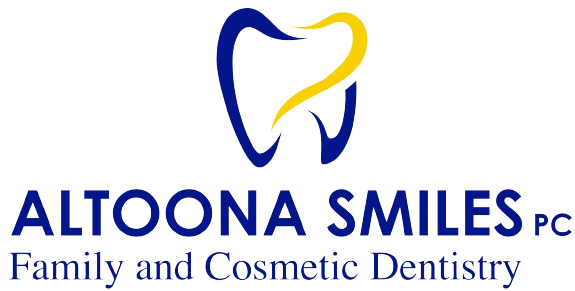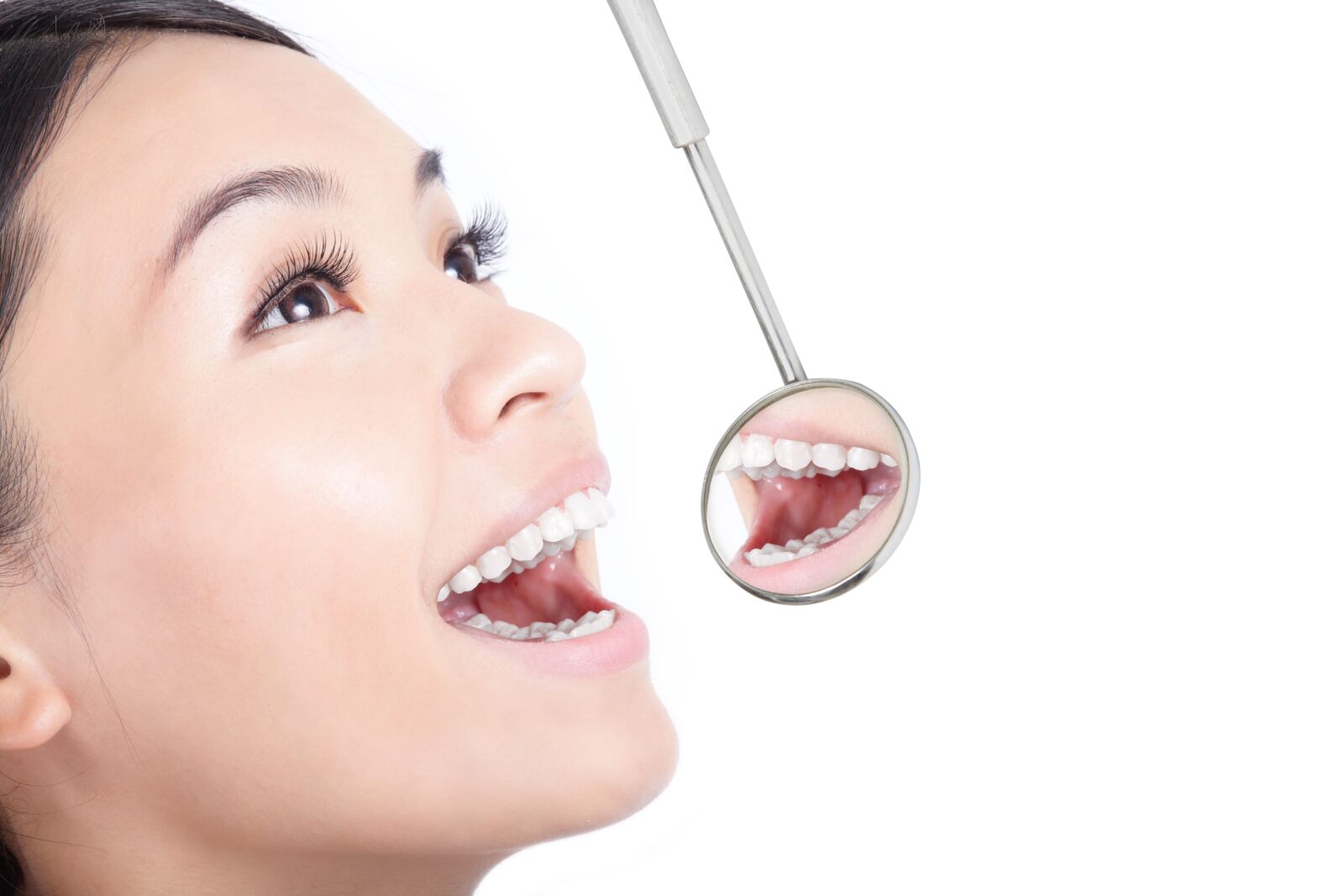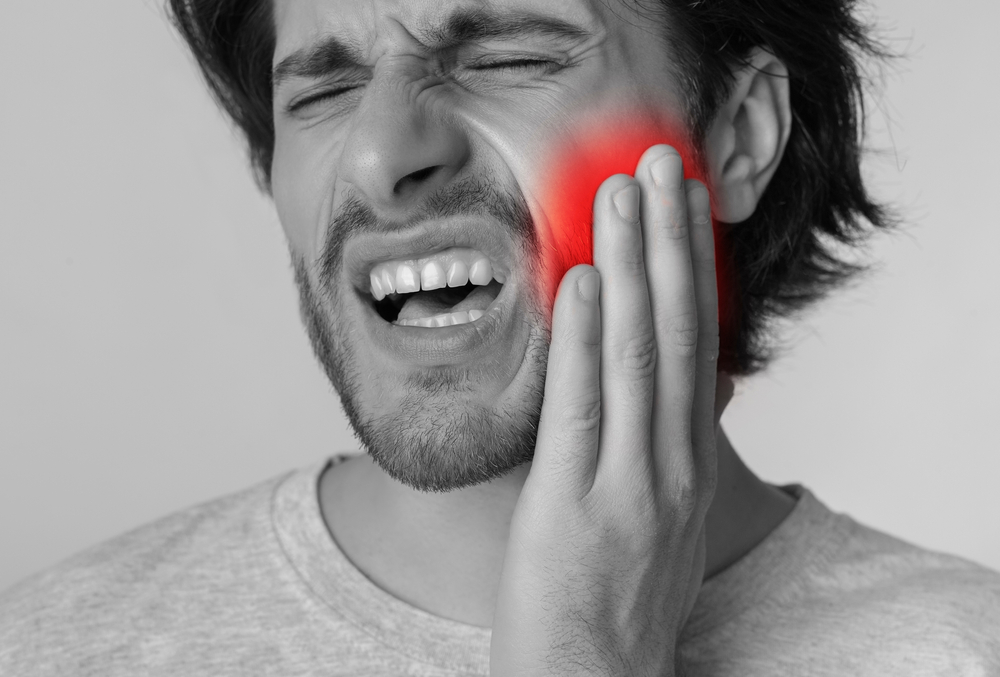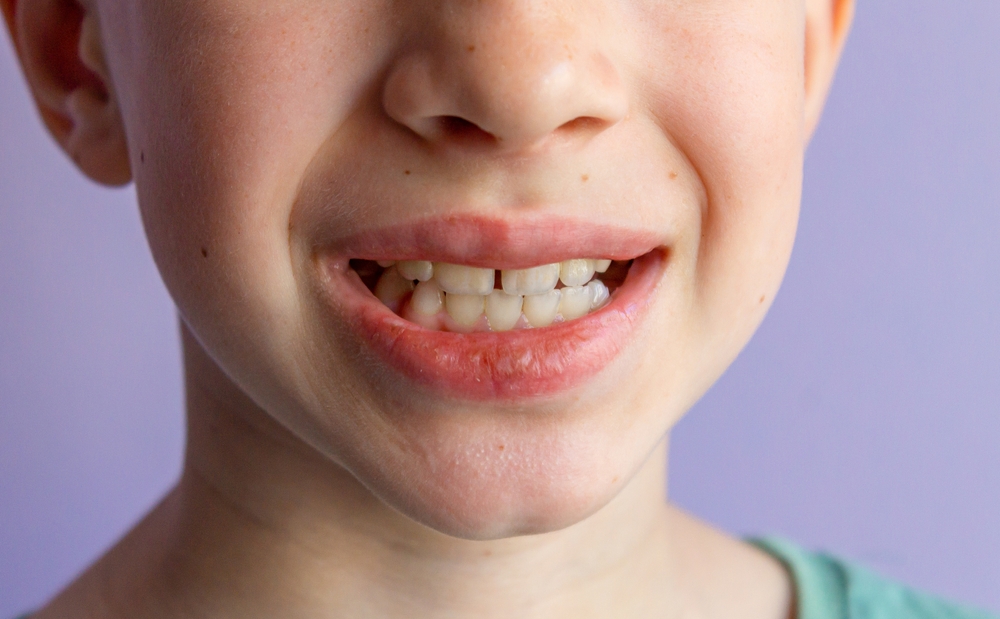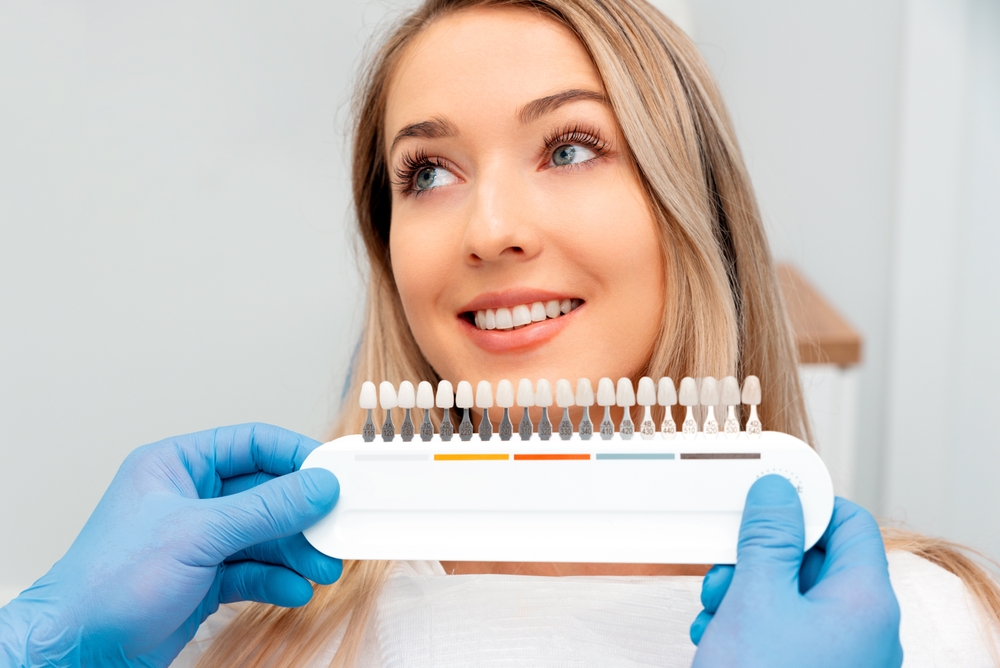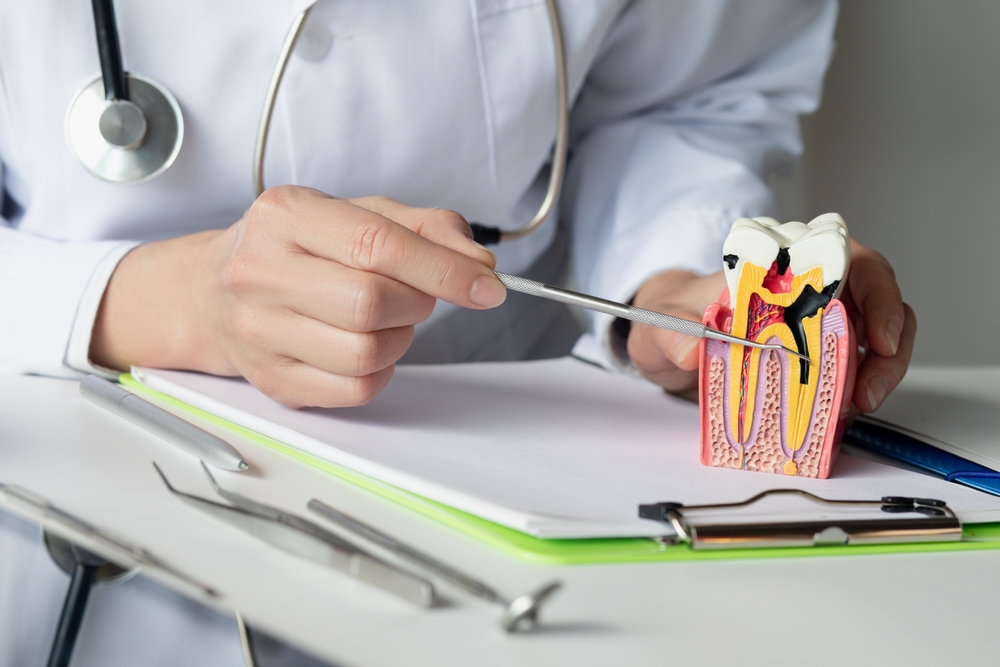Maintaining good oral health is essential for a happy and healthy life. Regular dental checkups play a crucial role in preventing dental issues and ensuring a beautiful smile. In fact, the American Dental Association recommends having a dental checkup at least once every six months to maintain good oral health. If you’re due for a dental checkup but feeling anxious or uncertain about what to expect, fear not! In this blog, we’ll walk you through what typically happens during a dental checkup, giving you a better understanding of the process and putting your mind at ease.
1. Warm Greetings and Medical History:
When you arrive at our dental clinic, you’ll be warmly greeted by our receptionist and asked to fill out a medical history form. This form helps the dentist understand your overall health and any medical conditions that may impact your oral health or the dental treatment you receive. Believe it or not, your oral and overall health are closely related, so this is important information for your dentist to have.
2. Dental Hygienist’s Cleaning:
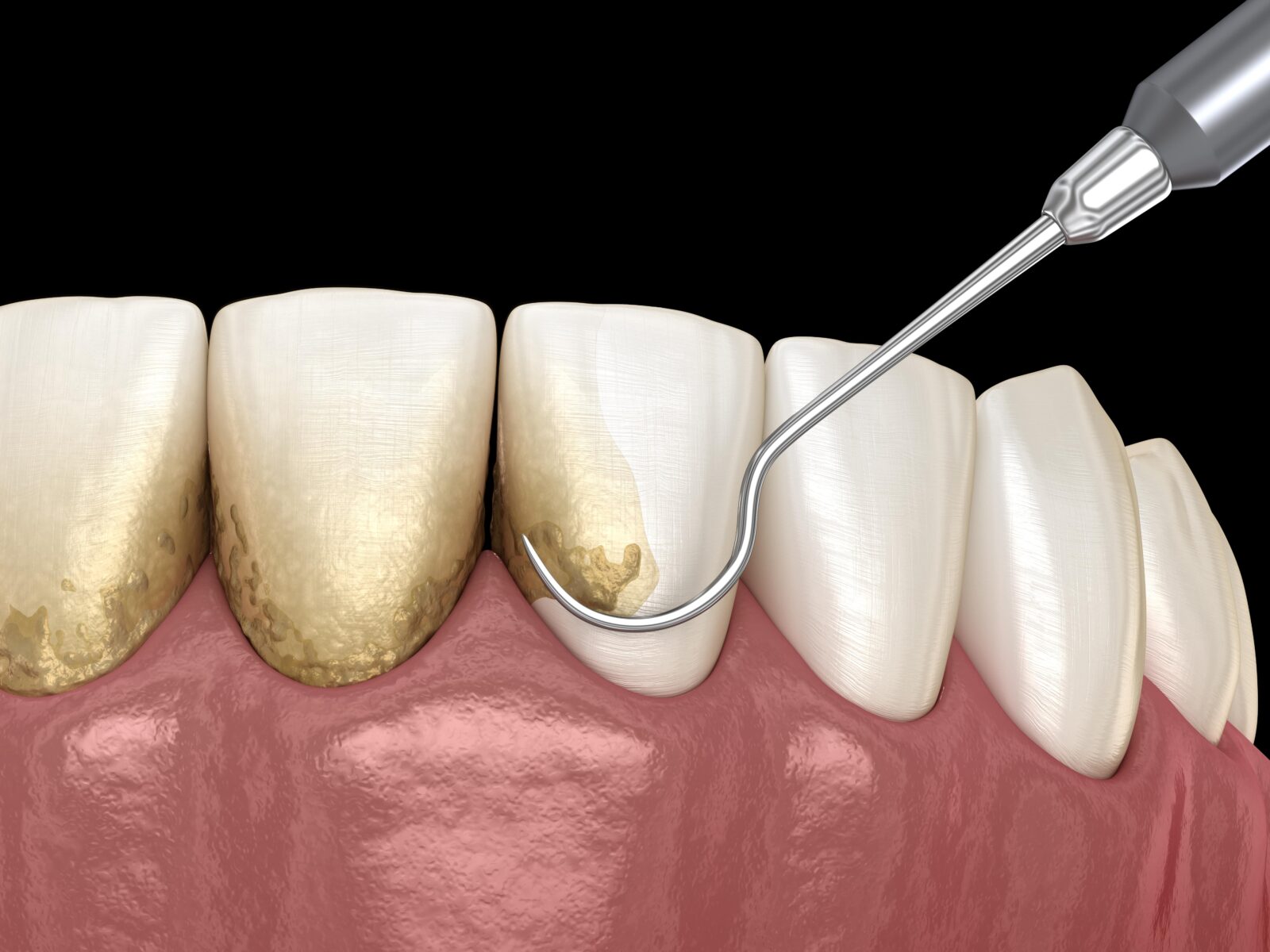
After the paperwork, a dental hygienist will take you to the examination room. The hygienist will start by performing a dental cleaning. A dental cleaning, also known as dental prophylaxis, is a professional procedure performed by a dental hygienist or dentist to thoroughly clean and maintain the health of your teeth and gums. During the cleaning, the dental professional uses specialized tools to remove plaque, tartar, and surface stains from the teeth, especially from areas that are hard to reach with regular brushing and flossing. After the plaque and tartar are removed, the teeth are polished to achieve a smooth surface, making it more challenging for bacteria to adhere. This process not only helps prevent cavities and gum disease but also leaves your teeth feeling fresh and looking brighter. Regular dental cleanings are an integral part of preventive dental care and play a vital role in promoting overall oral health. As per the American Dental Association recommendations, dental cleanings should be completed at least once every six months.
3. X-rays (if necessary):
Depending on your oral health history and the dentist’s assessment, X-rays might be taken to get a more comprehensive view of your teeth, roots, and jawbone. Dental X-rays can help identify issues not visible during the visual examination, such as cavities between teeth or problems below the gum line. Most dentists recommend having dental x-rays taken at least once a year to evaluate your mouth. In some cases, however, x-rays may also be required for diagnostic purposes or treatment planning.
During dental X-rays, a series of diagnostic images are taken to provide a comprehensive view of the structures within the mouth that are not visible during a visual examination. The process typically involves the use of a digital X-ray machine, which emits a low dose of radiation to capture detailed images of the teeth, roots, jawbone, and surrounding tissues. The patient will be asked to wear a lead apron to protect other parts of the body from unnecessary exposure. The dentist or dental technician will position the X-ray sensor or film in the mouth, and several X-ray images will be taken from different angles. These images help the dentist identify hidden dental issues, such as cavities between teeth, impacted wisdom teeth, bone loss due to gum disease, or problems with tooth roots. Dental X-rays are a valuable tool in creating a precise treatment plan and promoting early detection of potential problems, ensuring effective and timely dental care. Additionally, with digital X-rays, the process is faster, and radiation exposure is significantly reduced compared to traditional film X-rays, making it a safe and efficient diagnostic procedure.
4. Visual Examination by the Dentist:
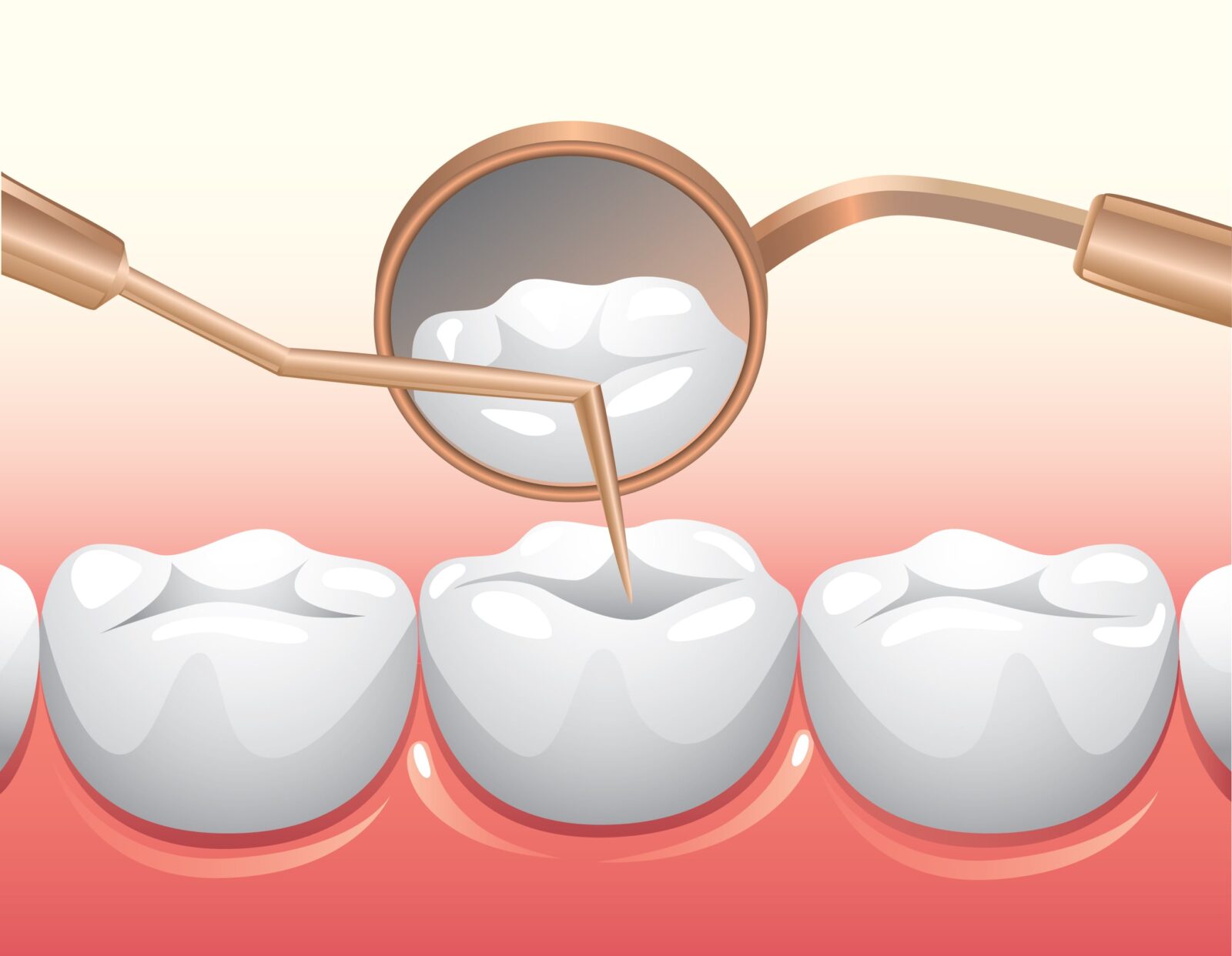
During the visual examination portion of a dental exam, the dentist carefully inspects the oral cavity to assess the overall health of the teeth, gums, and surrounding tissues. Using a dental mirror and explorer, the dentist examines each tooth’s surfaces, checking for signs of decay, cracks, or any visible abnormalities. They also assess the condition of existing dental work, such as fillings, crowns, or implants, to ensure they are intact and functioning correctly. The dentist pays close attention to the gums, looking for any signs of inflammation, redness, or bleeding, which could indicate gum disease. Additionally, they check for any indications of other dental issues, such as plaque buildup or tartar deposits. Through this thorough visual examination, the dentist can identify potential problems, provide early intervention if necessary, and recommend personalized dental treatments and oral care strategies to maintain optimal oral health.
5. Gum Health Evaluation:
Your dentist will check the health of your gums by measuring the space between your teeth and gums using a tiny ruler-like tool called a periodontal probe. This process helps identify signs of gum disease and determines if there’s any inflammation or recession of the gums. If you have been diagnosed with gum disease, measuring your periodontal pockets is important to monitor the progression of the disease.
6. Oral Cancer Screening:
It is an unfortunate fact that oral cancer rates are on the rise. The good news, however, is that most cases of oral cancer can be successfully treated if caught early. Therefore as part of a routine dental checkup, the dentist will conduct an oral cancer screening. They will examine your tongue, cheeks, throat, and other oral tissues for any abnormalities or signs of potential cancerous or pre-cancerous lesions. While your dentist cannot diagnose oral cancer, they can refer you to get further testing.
7. Discussion and Treatment Plan:
If any dental issues are identified during the examination, the dentist will discuss their findings with you. They’ll explain the recommended treatment options, answer any questions you may have, and provide guidance on how to improve your oral hygiene routine if needed.
8. Dental Health Tips:
The dentist or dental hygienist will offer personalized dental care tips, including brushing and flossing techniques, dietary recommendations, and advice on maintaining optimal oral health.
In Conclusion:
Regular dental checkups are a vital part of maintaining a healthy smile and preventing potential dental problems. By understanding what to expect during a dental checkup, you can approach your appointment with confidence and take an active role in your oral health. Remember, prevention is always better than cure, and scheduling regular dental checkups will help keep your smile bright and your teeth strong for years to come!
